14th Mar 2024
Next week, Château Latour will release its next trio of vintages, including the 2017 Latour, 2018 Les Forts de Latour, and 2019 Le Pauillac de Château Latour. Last month, I took the opportunity to taste all three wines again with technical director Hélène Genin.
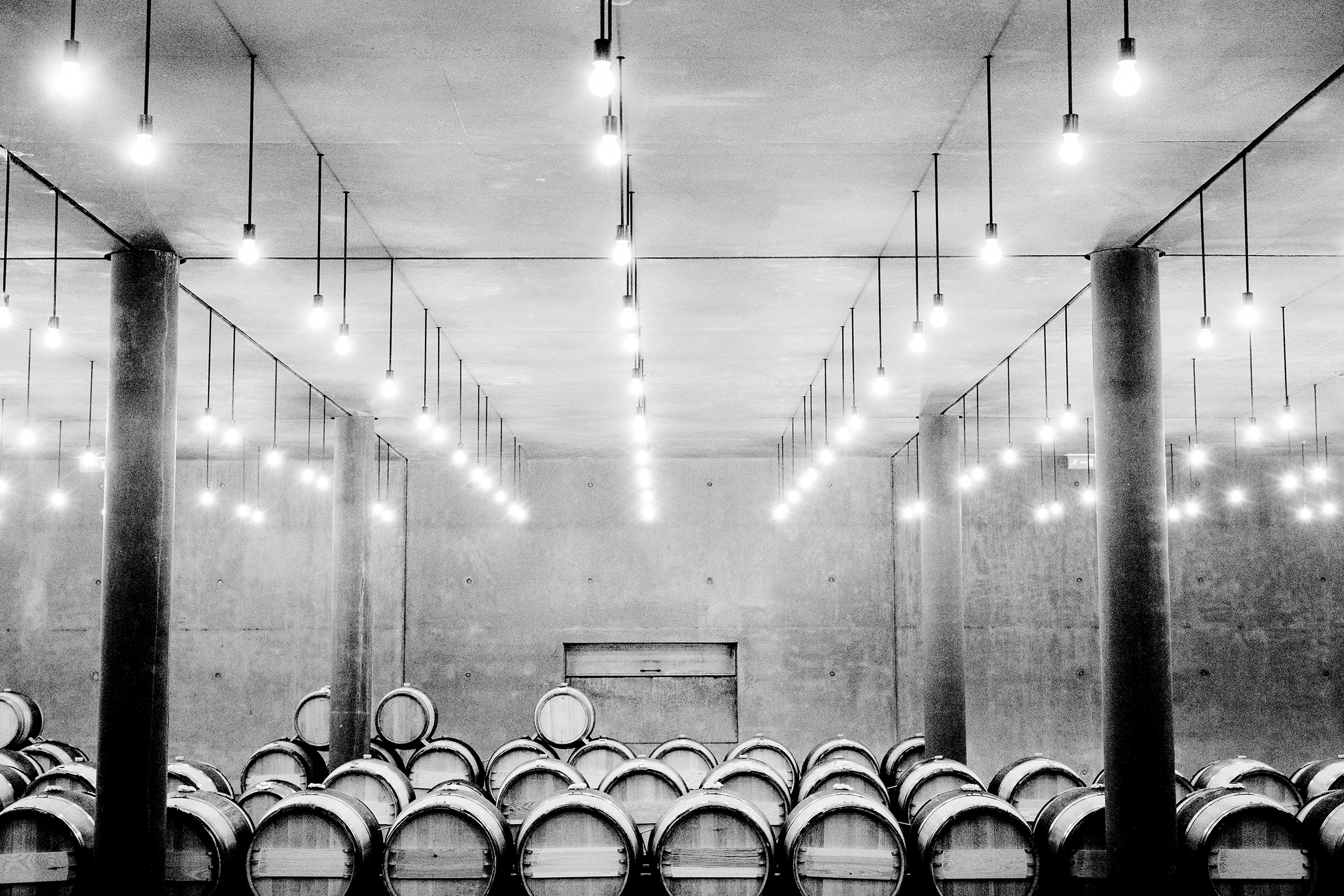
Reflections
This year’s Latour releases showcase wines from three very different yet successful vintages for this estate. During one of my visits to the château last year, I recall Hélène Genin debating with director Frédéric Engerer about whether to release the 2016 or the 2017 Latour first. I believe they made the right decision. When I tasted the 2016 Latour a couple of years ago, it was still very closed—an impenetrable wall of powerful fruit—whereas the 2017, tasted at the same time, was far more forthcoming with its flamboyant perfume.
"The 2017 is really in a good place," Hélène commented as we tasted together last month.
2017 is one of my favorite vintages in recent years. No, it doesn’t have the bold fruit, power, and weight of 2016, 2018, or 2019. 2017 stands apart for its soft-spoken, quiet intensity.
In 2017, areas inland and to the north of Pauillac were impacted by the devasting frosts, including some plots that go into Les Forts and Pauillac de Latour. But its enviable proximity to the estuary meant the Enclos—the section surrounding the château and winery, from which Latour is exclusively sourced—was completely spared.
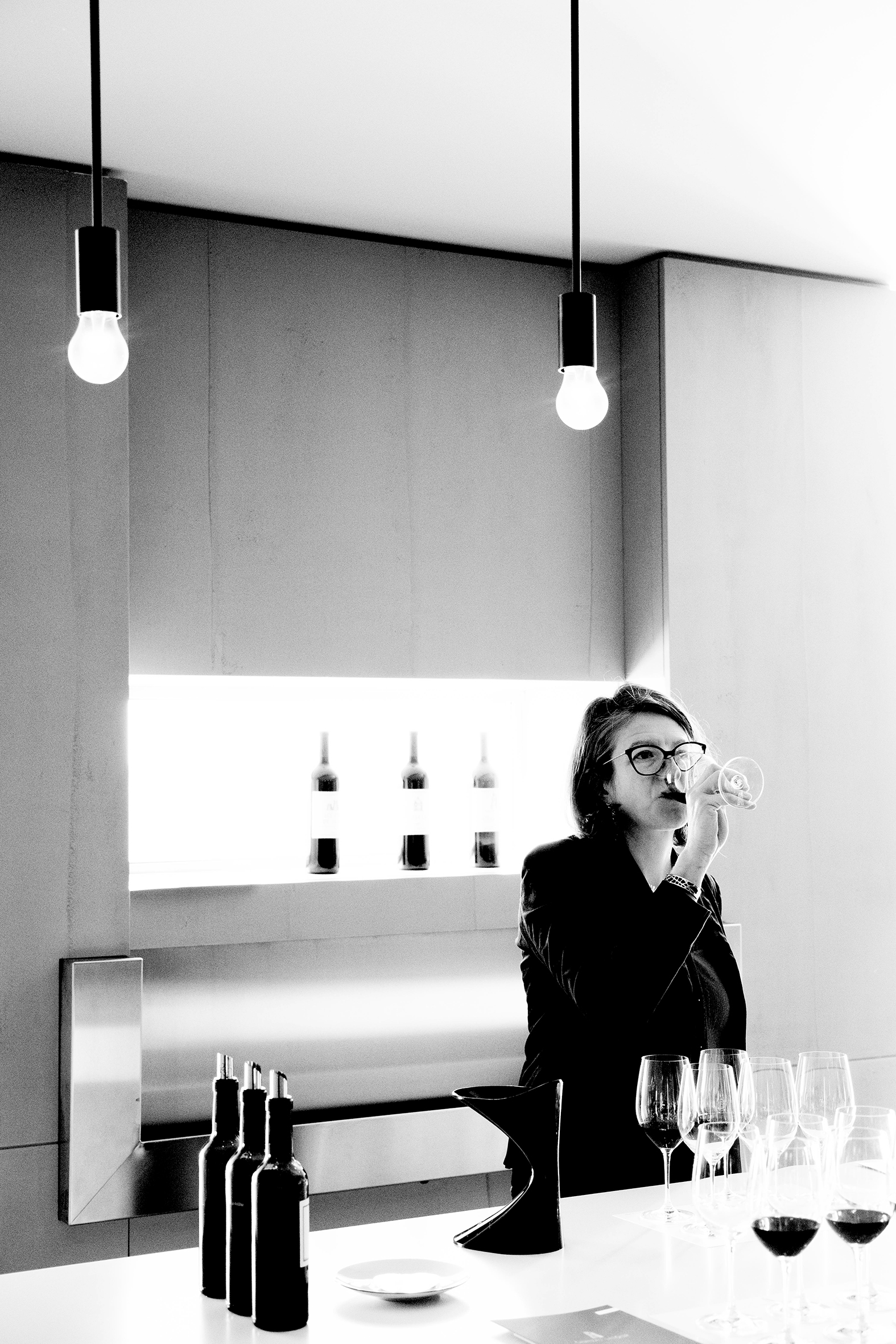
“The viticulture, as well as winemaking, have dramatically changed the styles of wine a vintage like 2017 can produce,” Frédéric Engerer commented during my primeurs visit in 2018, adding a reference to the vintage’s phenomenal ability to produce wines that are, “approachable now and have the ability to age.”
The best 2017 reds are elegant, yet, surprisingly, they are also built to cellar beautifully.
Although approachable in youth, the top wines are not lacking in structure. The best wines have a good amount of tannin with IPT levels ranging from around 60 to 80—in many cases, at a similar level to their 2015 counterparts. The most successful 2017 reds tend to have moderate acidity, although the acids can appear fresher because the wines aren’t as rich and powerful as 2016, 2018, or 2019. They are mainly elegant, medium-bodied styles with moderate alcohol (generally 13-14%) and have intensely fragrant, multi-layered aromatic profiles.
The 2017 Latour has 13.3% alcohol and an IPT of 66. In short, 2017 is all about finesse and aromatic intensity as opposed to brute power, revealing an unmistakable face of Latour that lovers of more classical Bordeaux styles will not want to miss.
The 2018 Les Forts de Latour is a different animal altogether. The 2018 vintage in Bordeaux was extreme at each critical stage of the growing season: extremely wet to begin, then extremely hot and dry. The wines are also extreme and, therefore, can be divisive. Some legendary wines were made this year, a few that I firmly believe avid Bordeaux collectors will not want to miss. 2018 Les Forts de Latour is one of them. Make no mistake, this is a big, rich, powerful wine that is absolutely a reflection of the vintage. Yet, it is also a beautiful reflection of the Latour style, maintaining a compelling sense of restraint and grace.
2018 Les Forts de Latour is a big, rich, powerful wine that is absolutely a reflection of the vintage. Yet, it is also a beautiful reflection of the Latour style, maintaining a compelling sense of restraint and grace.
“I would have liked to have kept the 2018 back a little longer,” Hélène confided as we tasted.
I can see what she means. On the one hand, it is a very showy wine right now and will not disappoint those tempted to crack a bottle open as soon as it arrives. But on the other hand, behind all that exuberant fruit, there are a lot of beautiful savory/earthy/mineral nuances poised to emerge after years of cellaring. Ultimately, there is no right or wrong answer about when to drink this wine. The beauty of the 2018 Les Forts de Latour is that it will have a phenomenal 25+ years drinking window, morphing from the opulently fruity beast that it is today into a mature, multi-layered, mineral-sparked, much more classic Pauillac in years to come.
Among this trio, the 2019 Le Pauillac de Château Latour takes the biscuit for the beefiest wine of this year’s releases, weighing in at a jaw-dropping 14.8% alcohol. And yet, it wears this in the form of taut muscle rather than flab, giving the wine impressive energy and lift.
Energy is the perfect word to describe the style of the 2019 vintage.
Compared to 2018, the flavors are remarkably bright and refreshing—like crunching into ripe but not overripe fruit. And yet, the wines also have gravitas, weight, and jaw-dropping intensity. The juxtaposition between alcohols (on the high side), vibrant fruit profiles, higher acids, and lower pHs (mostly) gives the best 2019s this real sense of energy in the mouth. Its style is like a vortex of contrasts, creating a fantastic sense of harmony on the palate.
Just starting to open out and reveal its decadent core, 2019 is the best Pauillac de Chateau Latour since the fabulous 2016, albeit even more concentrated and powerful—a fitting reflection of Latour, if you will.
-
Article & Reviews by Lisa Perrotti-Brown
Photography by Johan Berglund
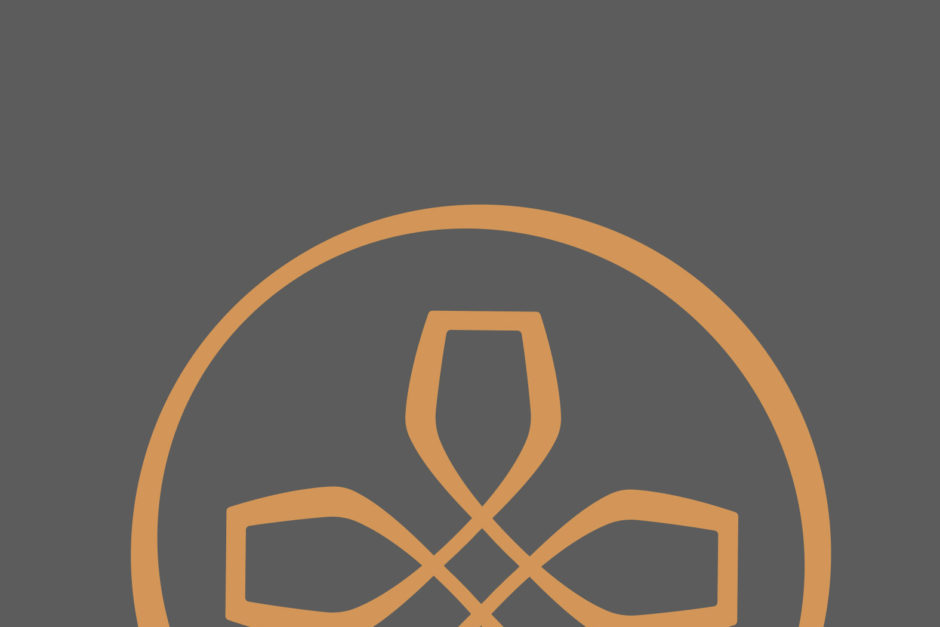
PRODUCERS IN THIS ARTICLE
> Show all wines sorted by scoreMore articles

Bordeaux 2023 Vintage Report and Reviews from Barrel
09th May 2024
649 tasting notes

Cathiard Vineyard New Releases
02nd May 2024
3 tasting notes
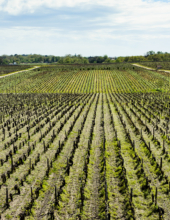
Bordeaux 2023 Preliminary Vintage Report and Reviews from Barrel
29th Apr 2024
56 tasting notes
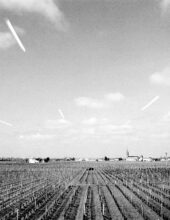
2021 Bordeaux in Bottle and A Modest Proposal
24th Apr 2024
599 tasting notes
Show all articles